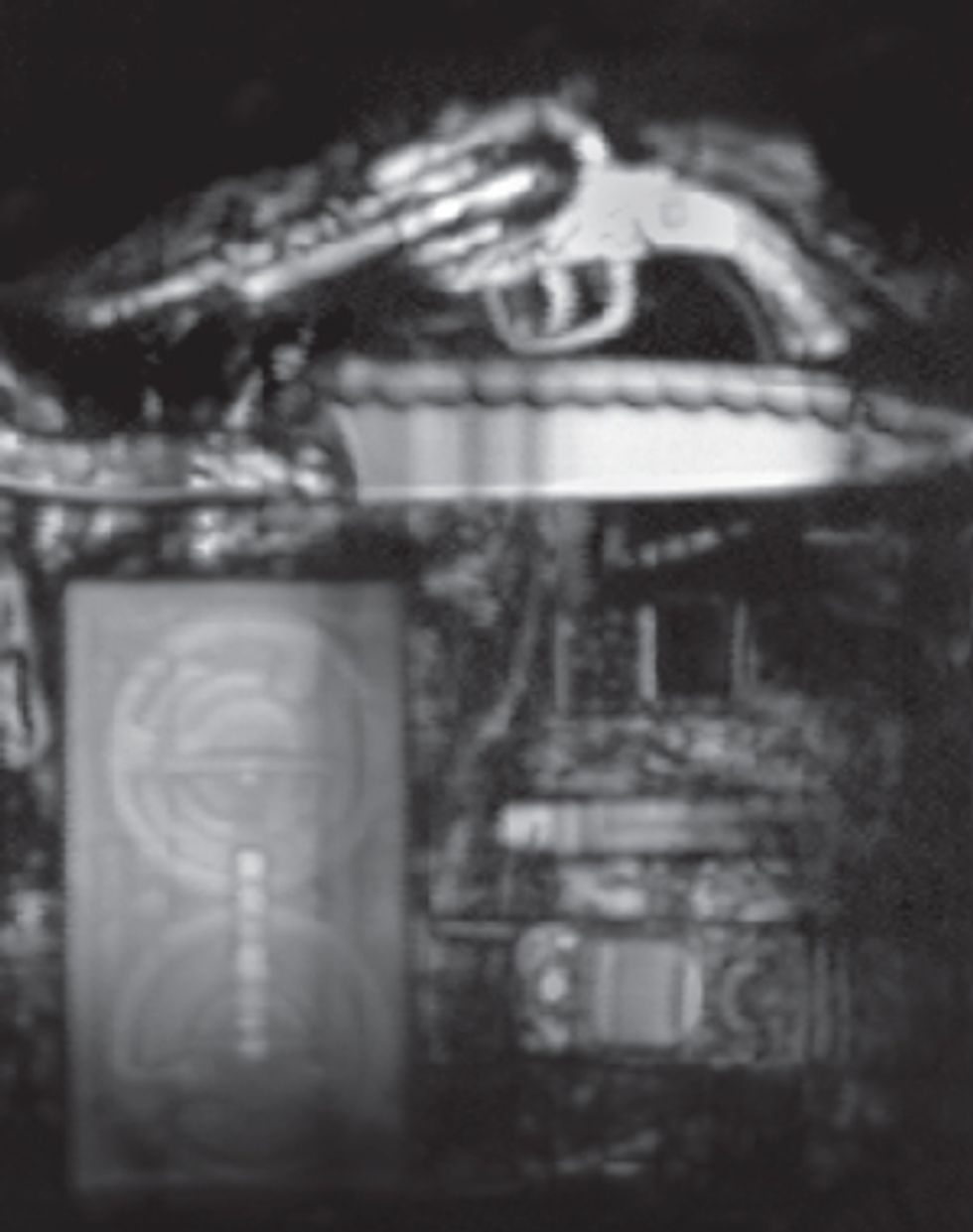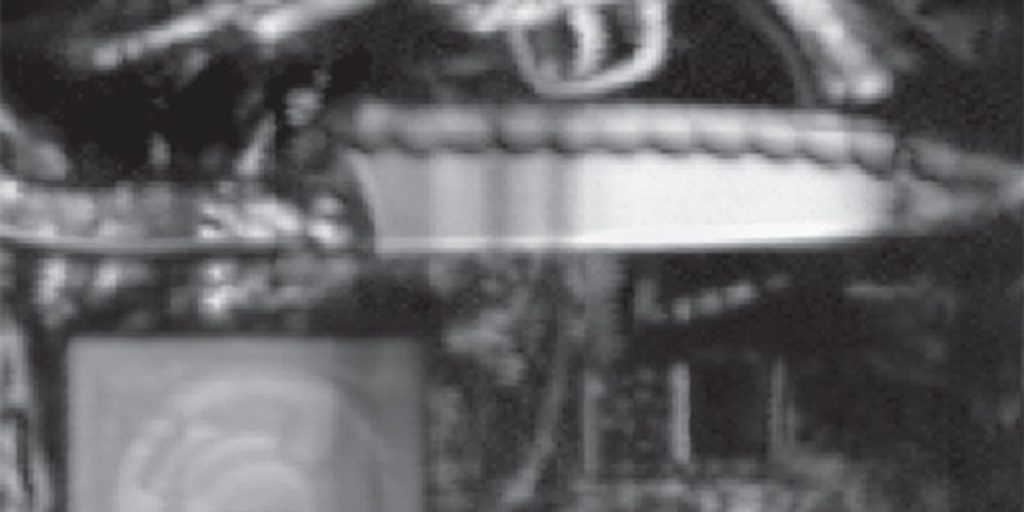
Image: PIcomEtrIx
If you’re of a certain age, you may remember those miraculous-sounding “X-ray specs” advertised in comic books. They’d let you see through walls, boxes, and—best of all, for a teenager, anyway—clothing. They were bogus, of course. But technology is finally on the verge of giving us all those capabilities, and more, albeit in a package too big to perch on the bridge of your nose.
The key advances are devices and circuitry that emit and sense radiation in the terahertz band of the electromagnetic spectrum, which extends from the upper edge of microwaves to the near infrared. The rays are reflected by metal but go through most other materials. Water soaks up the radiation, so human tissue, which is mostly water, absorbs it. But unlike X-rays, terahertz rays are thought to be harmless. Terahertz radiation (“T-rays”) can’t penetrate much past your skin, and it lacks the energy to ionize molecules in human tissue the way X-rays do, so it cannot cause cancers by smashing up your DNA. What’s more, the power levels most T-ray imagers produce are lower than that of the infrared LED in your TV remote control.
T-ray technology will probably find its first big uses in security-related applications, now an enormously fast-growing business because of recent high-profile terrorist attacks. The technology’s appeal here is undeniable: in a terahertz image, a gun or a knife shines through whatever clothing it’s concealed in—even a plastic knife shows up, because of the way its sharp edges scatter the radiation. And yet, unlike X-rays, T-ray screeners could be used routinely on people, because the radiation is harmless.
But some terahertz imagers have another ability, one not even claimed by the comic-book specs: not only can they see hidden objects, but they can tell what those objects are made of. Many explosives, including all the plastic explosives popular with terrorist groups, reflect and transmit a characteristic combination of terahertz waves that make them distinguishable from other materials, even those that might seem identical to the eye and hand. That same chemical-discriminating capability—spectroscopy—also applies to pharmaceuticals and drugs. In essence, different materials appear as different colors to the terahertz imaging system. So future screening devices should be able to tell whether that’s plastique in your pocket or just Play-Doh, a package of sugar or an envelope of methamphetamines.
Best of all, T-ray scanners have “standoff capability,” meaning they can see a few meters away, a very desirable feature in the security business. The first commercially available products are being tested now, and although they can make out images from several meters away, they cannot yet make use of their chemical analysis capabilities from those distances. Nevertheless, in just two or three years, versions that can see at a distance of tens of meters should be available, which would be a great safety boon to security personnel. One project under U.S. Department of Defense sponsorship is studying the ability of T-rays to detect improvised explosive devices (IEDs). This challenge is one of the most urgent and highest-funded research thrusts at the moment, because these bombs have killed about 2000 people in Iraq alone. Some short-range imagers available now can also do spectroscopy, but the imaging rate is currently too slow for use in a walk-through scanner. But as the literally hundreds of engineers and scientists working on new terahertz sources and devices push the technology’s limits, we expect to see a machine over the next five years that can do both imaging and spectroscopy at 50 meters or more.
There are lots of uses outside of the security arena for T-rays, too. Drug companies are buying T-ray imagers for their ability to distinguish good pills from bad by their spectral signatures. T-rays can distinguish normal skin tissue from tumors even when a trained dermatologist cannot. Manufacturers can do the mundane job of checking the contents of a box without opening it, or they can perform such crucial tasks as finding the invisible defects in the protective coatings on an aircraft’s wings. NASA recently commissioned a T-ray imaging company, Picometrix, in Ann Arbor, Mich., to build a scanner to look for tiny holes and other structural failings inside the foam that lines the external fuel tanks in the space shuttle fleet. A chunk of that foam fell away in 2003 and led to the deaths of seven astronauts and the fiery destruction of the Columbia.
Picometrix is one of a growing group of companies pushing the limits of T-ray technology. Others include TeraView, in Cambridge, England, and ThruVision, in Abingdon, England, both spin-offs of British national labs, as well as companies like Spire Corp., in Bedford, Mass., and Advanced Energy Systems, in Princeton, N.J., established firms whose mix of technologies happened to lend itself to terahertz research. National, corporate, and academic laboratories are spearheading much of the new technology development. Sandia National Laboratories, Jefferson Laboratory, and Bell Laboratories—to name a few—have been key to creating ever-brighter sources of T-rays. Meanwhile academic groups at Rensselaer Polytechnic Institute, MIT, the New Jersey Institute of Technology, Rice University, and elsewhere have made strides in terahertz imaging systems. Brian Schulkin, a student from Xi-Cheng Zhang’s lab at RPI recently produced the first handheld T-ray imager—weighing just 2 kilograms.


